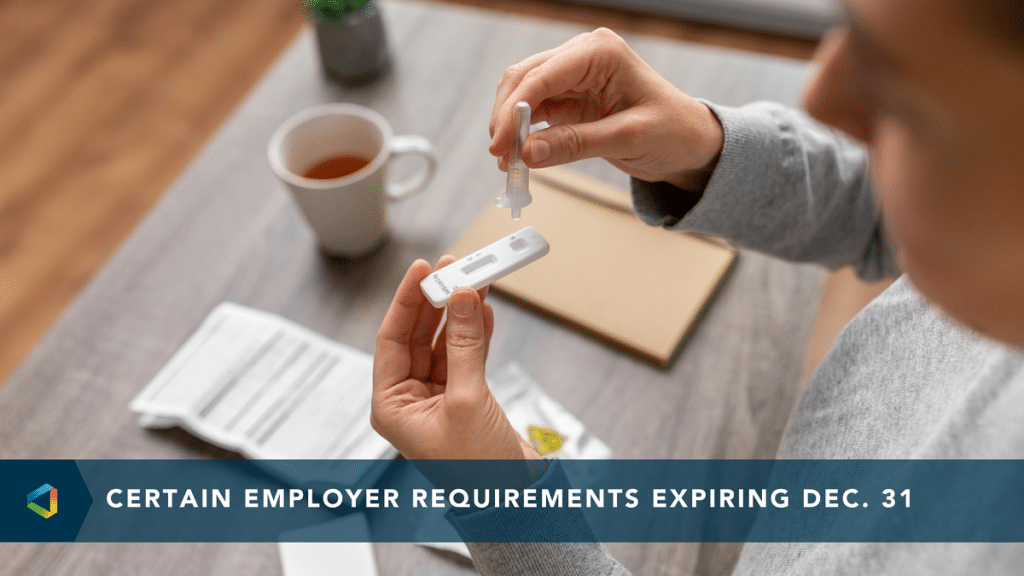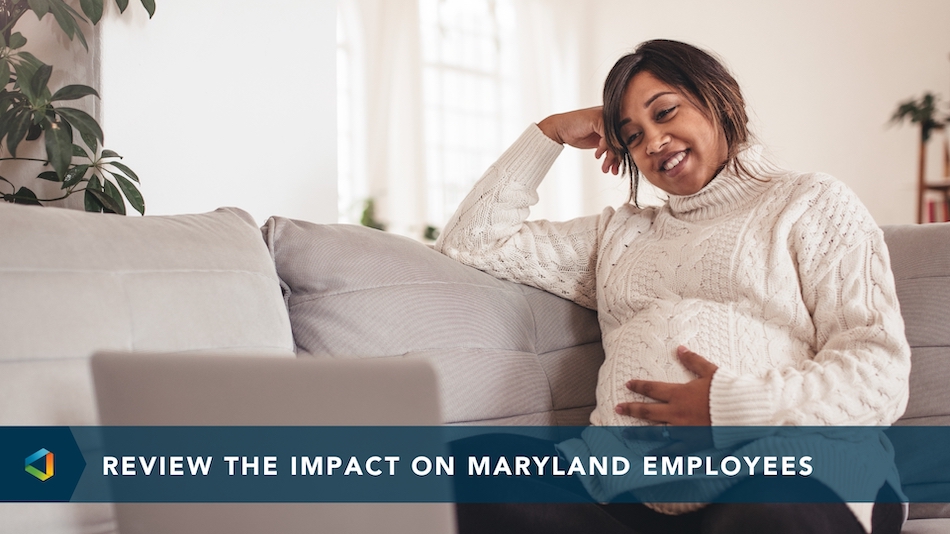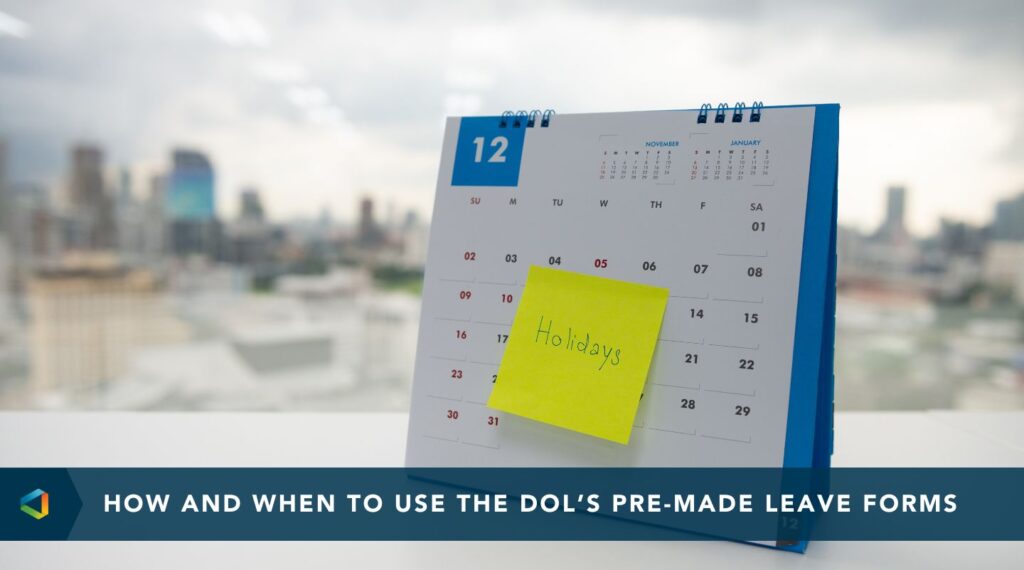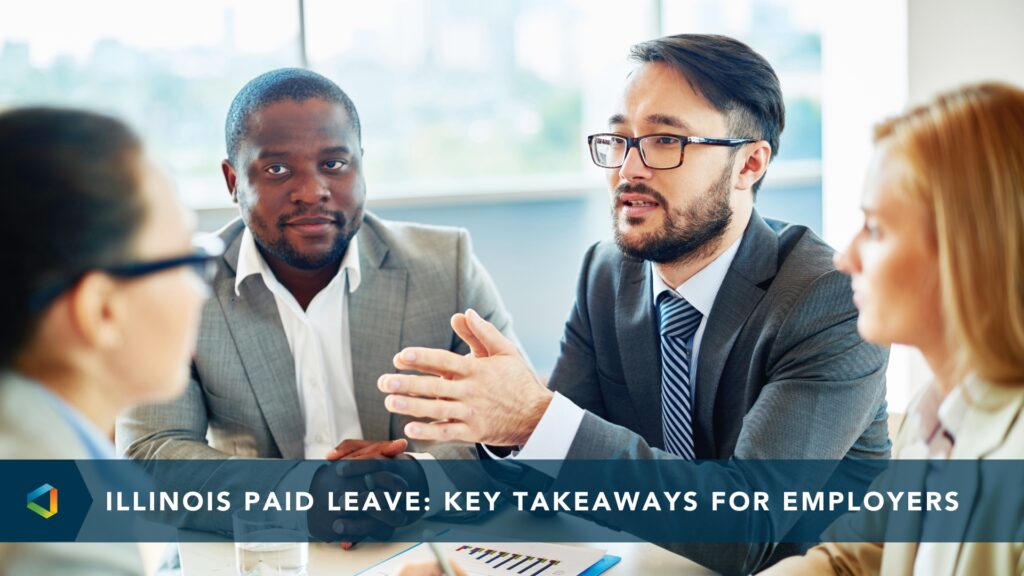Compliance Confidence
Portions of the Families First Coronavirus Response Act (“FFCRA”) COVID-19 Paid Leave Restrictions Struck Down by New York District Court
Portions of the Families First Coronavirus Response Act (“FFCRA”) COVID-19 Paid Leave Restrictions Struck Down by New York District Court
On March 18, 2020, President Trump signed into law the Families First Coronavirus Response Act (FFCRA), which provides federally subsidized paid leave for some employees who are unable to work due to COVID-19.
The FFCRA contains two major provisions: the Emergency Paid Sick Leave Act (EPSLA) and the Emergency Family and Medical Leave Expansion Act (EFMLEA). The EPSLA requires covered employers to provide paid sick leave to employees with one of six qualifying COVID-19- related conditions.
- The employee is subject to a Federal, State, or local quarantine or isolation order related to COVID-19;
- The employee has been advised by a health care provider to self-quarantine due to concerns related to COVID-19;
- The employee is experiencing symptoms of COVID-19 and seeking a medical diagnosis;
- The employee is caring for an individual subject to a quarantine or isolation order by the government or a healthcare provider;
- The employee is caring for a child whose school or place of care is closed, or whose childcare provider is unavailable, because of COVID-19; or
- The employee is experiencing any other substantially similar condition specified by the Secretary of Health and Human Services in consultation with the Secretary of the Treasury and the Secretary of Labor.
The EFMLEA amends the Family and Medical Leave Act and entitles employees who are unable to work because they must care for a dependent child due to COVID-19 to paid leave for term of several weeks.
On April 1, 2020, the Department of Labor (DOL) issued final temporary regulations (Final Rule) implementing the FFCRA.
State of New York v. U.S. Department of Labor Decision:
On April 14, 2020, the State of New York brought suit claiming that the DOL’s Final Rule exceeded its authority and that certain provisions in the Final Rule unduly restrict paid leave. On August 3, 2020, the US District Court for the Southern District of New York ruled that four aspects of the DOL’s regulations exceeded its authority and were struck down.
The following portions, and only the following portions, of the Final Rule are therefore vacated: the work-availability requirement; the definition of “health care provider;” the requirement that an employee secure employer consent for intermittent leave; and the temporal aspect of the documentation requirement, that is, the requirement that the documentation be provided before taking leave. The remainder of the Final Rule, including the outright ban on intermittent leave for certain qualifying reasons and the substance of the documentation requirement, as distinguished from its temporal aspect, stand.
“Work-Availability” Requirement
The EPSLA grants paid leave to employees who are “unable to work (or telework) due to a need for leave because” of any of six COVID-19 related criteria. The EFMLEA similarly applies to employees “unable to work (or telework) due to a need for leave to care for … [a child] due to a public health emergency. The rule excludes employees whose employers “do [] not have work” for them.
The Court provided that, in the context of EPSLA, the express language in the regulations apply to the work-availability requirement to only three of the six qualifying conditions. Reason listed as 1, 4, and 5 above. The FFCRA is however ambiguous as whether it applies to the other three qualifying absences. Due to this ambiguity, the Court looked at the DOL’s interpretation and determined its interpretation was not reasonable. The Court vacated the “work-availability requirement” from the Final Rule.
Definition of “Health Care Provider”
The Final Rule contains a definition for a “health care provider” and allows employers to the ability to exclude “health care providers” from leave benefits. The Final Rule’s is expansive. The DOL even conceded that an English professor, librarian, or cafeteria manager at a university with a medical school would all be “health care providers” under the Final Rule.
The Court concluded that the FFCRA unambiguously bans the Final Rule’s definition. The FFCRA requires that the DOL determine that the employee be capable of furnishing health care services. However, the DOL’s Final Rule definition centers entirely on the identity of the employer. The Court vacated this definition, as it is vastly overbroad.
Intermittent Leave
The Final Rule permits “employees to take Paid Sick Leave or Expanded Family and Medical Leave intermittently (i.e., in separate periods of time, rather than one continuous period) only if the Employer and Employee agree,” and, even then, only for a subset of the qualifying conditions. The Final Rule limits the use of intermittent leave to “circumstances where there is minimal risk that the employee will spread COVID-19 to other employees.”
The DOL’s Final Rule on intermittent leave was partially upheld and partially vacated. The ban on intermittent leave based on qualifying conditions that implicate an employee’s risk of viral transmission is not impacted. However, the portion that requires employer consent for intermittent leave was vacated as the regulations provided no rationale for the blanket requirement of employer consent.
Documentation Requirements
Finally, the regulations require that employees submit to their employer, “prior to taking [FFCRA] leave,” documentation indicating, inter alia, their reason for the leave, the duration of the requested leave, and when relevant, the authority for the isolation or quarantine order qualifying them for leave. However, the FFCRA contains its own notice requirements. The EFMLEA states that “[i]n any case where the necessity for [leave] is foreseeable, an employee shall provide the employer with such notice of leave as is practicable.” The EPSLA states that “[a]fter the first workday (or portion thereof) an employee receives paid sick time under this Act, an employer may require the employee to follow reasonable notice procedures in order to continue receiving such paid sick time.” As the regulations are in unambiguous conflict with the FFCRA, the Court vacated the documentation requires as a precondition to the leave.
Next Steps:
Albeit the four vacated provision described above, the decision does provide that the remainder of the final regulations stand. Employers subject to the FFCRA will need to determine how this decision could impact their administration of paid leave under the FFCRA. Specifically related to the four provisions that were vacated: (1) work-availability as a prerequisite; (2) scope of “health care provider” exemption; (3) handling of intermittent leave requests; and (4) timeframe for employees to submit documentation.
Employers will need to monitor the DOL’s next steps, which could include appealing the decision, seeking a stay order, or creating new rules or interim guidance. It also possible other legal challenges will come from other states. OneDigital will be monitor the DOL announcements for any possible updates to its regulations and the DOL’s extensive FAQs on the FFCRA.




